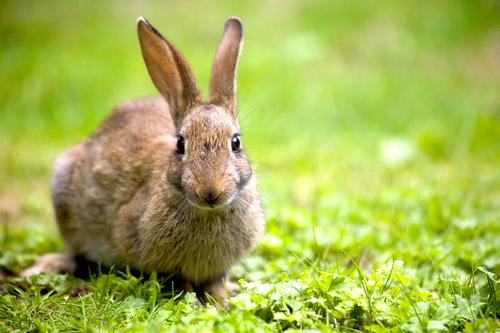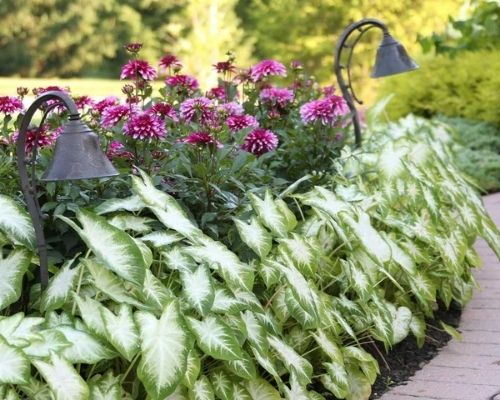Advice for Keeping Furry Marauders at Bay
When your flower garden is being invaded by furry varmints, it's hard not to be discouraged. Your first impulse may be to “blast them to smithereens” like Elmer Fudd. But fortunately, there are some effective alternatives.
To find a successful solution, it's important to start by identifying which pest is causing the damage. This will help you understand your opponent's behavior, and their likes and dislikes.
Next, think about how you can make your garden less attractive to wildlife. This may include eliminating hiding or nesting areas, such as brush piles and tall grass. Sealing off access to crawl spaces beneath your porch or deck. Minimizing other food sources, including compost piles, loose birdseed and grub populations in the lawn (a favorite food of moles and skunks).
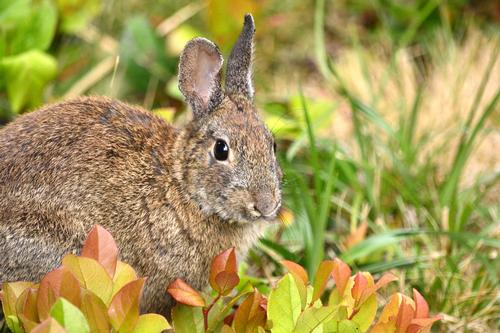
Eliminating your opponent may not be something you can, much less want to do. Poison baits are effective against some types of rodents, but they are cruel and pose a serious danger to pets. Smoke bombs and scissor traps kill certain types of pests, but are another gruesome solution. A more humane and holistic approach is to find ways to coexist with wildlife, so they can go about their lives as we go about ours. Here are some options:
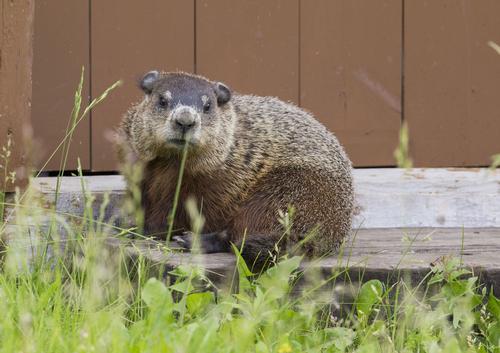
Temporary Protection. Many rodents, and especially rabbits, prefer munching on tender new growth. For this reason, they usually cause more damage in spring and early summer. Once plants have been growing for a few months, stems and leaves toughen up and become less tempting. For early season protection, consider simply covering young plants with garden fabric or netting. Secure the fabric on all sides, leaving it loose enough for plants to push their way up as they grow.
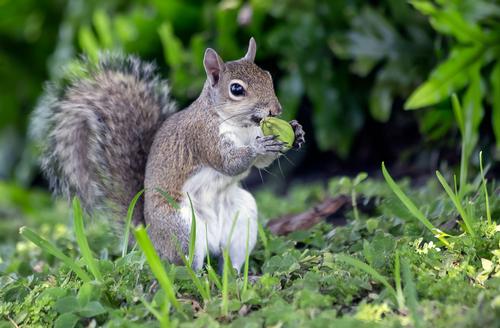
Scent Repellents. Commercial products containing garlic, castor oil, red pepper, rotten eggs, predator urine and other ingredients are usually quite effective. The key is to reapply as directed, especially in wet weather. Some plants, such as castor bean and fritillaria, are said to discourage rodents. Mothballs are sometimes recommended as a scent deterrent, but should not be used, as they are poisonous to pets and children.
Visual and auditory scare devices. These include ultrasonic sound machines, radios, motion-activated water sprayers and visual scare devices such as reflective tape and faux predators. The effectiveness of these devices usually diminishes over time as pests may become familiar with them. Surprise is the effect you’re after, so plan on changing up your strategies.

Pets. Dogs and cats can be a nuisance in the garden, but they can also be useful for keeping furry pests under control. Cats are especially good at catching voles and gophers, and dogs can be good at deterring or sometimes even nabbing rabbits, squirrels and woodchucks
Live Traps. These traps are usually made of galvanized steel mesh and come in a number of different sizes. Vegetables, crackers, or some other food is used to lure the animal inside, and then a spring-loaded door closes, locking them in. It’s quite easy to catch woodchucks, rabbits, squirrels and chipmunks in a live trap. What’s trickier is figuring out what to do with them, if and when you are successful. Some states prohibit the relocation of wildlife, so be sure to check local ordinances.
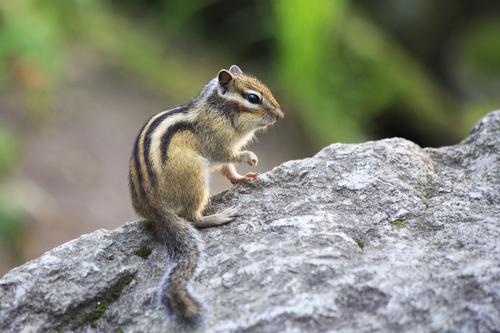
Fences. Exclusion is certainly the most effective, long-term solution. A fence can be permanent or can be strictly a temporary, seasonal solution that’s put up and taken down as needed. Mesh fencing can be cut to size and stapled or tied to fence posts. An electric fences is the ultimate solution — especially for woodchucks, rabbits and deer. Though it requires an investment of time and money, it’s the best way to provide complete protection for your crops, while letting wildlife go about their own business.
You may also be interested in: How to Protect Flower Bulbs from Voles, How to Protect Your Garden From Deer and 60 Deer-Resistant Plants for Your Garden.
